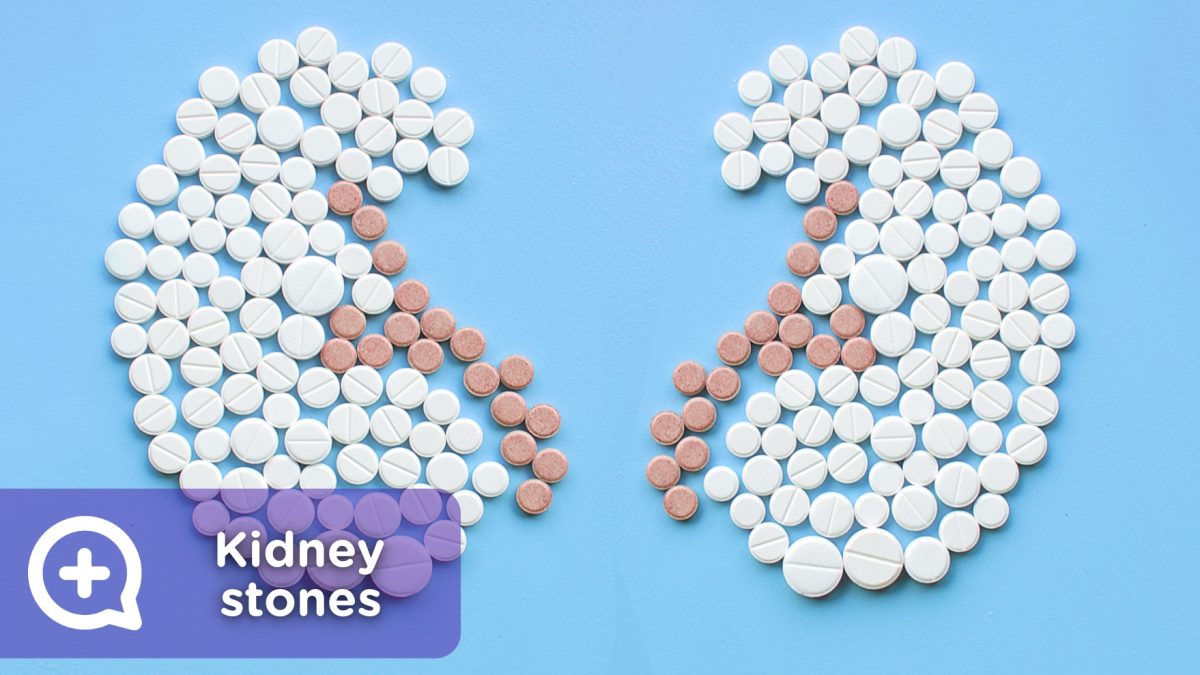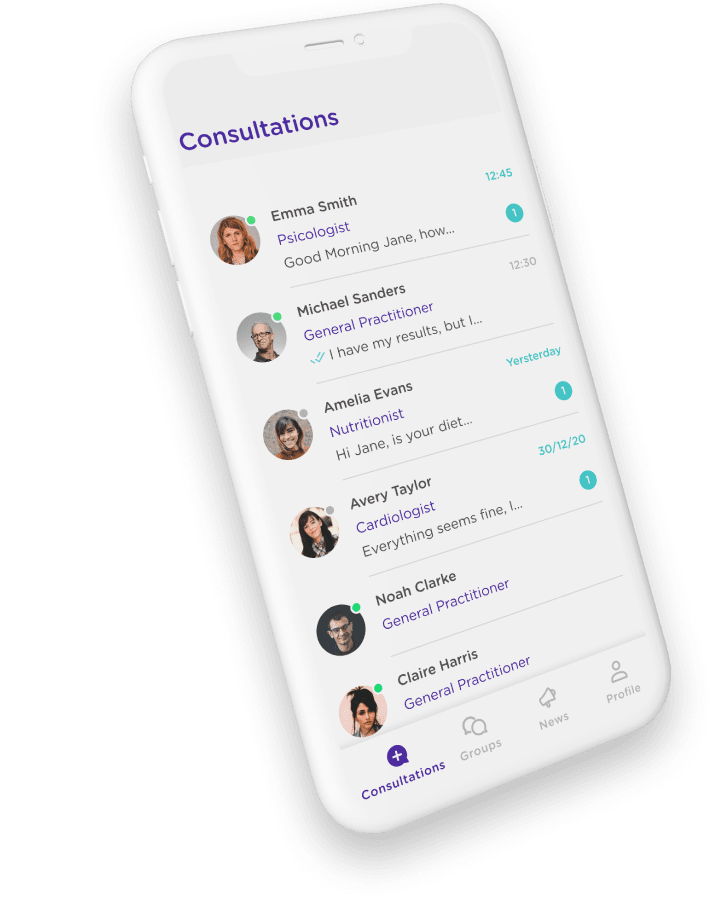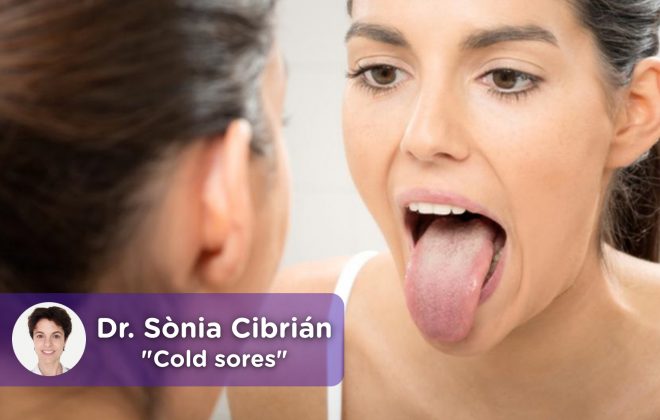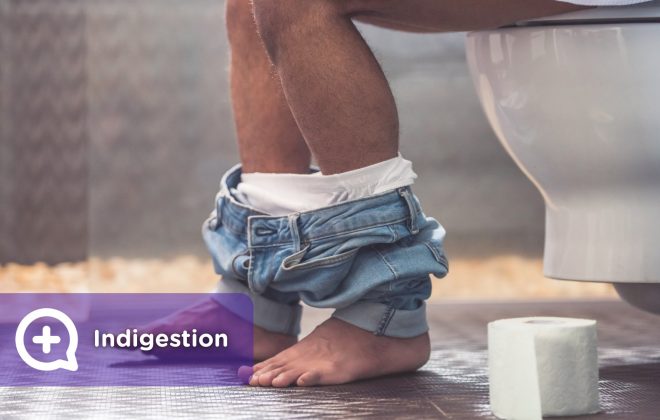You need to ride a roller coaster, preferably in the last car, to fix your kidney stones. At least that’s what David Wartinger, professor emeritus at the University of Michigan, United States recommends. The truth is that this scientist did an experiment with an artificial kidney and found that the movements of fast falls and closed turns of the roller coaster would help patients to expel those stones from the kidneys that cause so much pain. This test was motivated by the experiences of various patients returning from Florida, a mecca of amusement parks, freed from kidney stones.
But let’s be realistic, and let’s look at the most viable options to defeat kidney stones.
What are kidney stones?
Kidney stones (as they are popularly known) are bits of rock-like solid material that form in one or both kidneys when there are high levels of minerals in the urine.
These stones can be the size of a grain of salt to a chickpea, and can vary in shape and color (yellowish or brown). A tiny stone can easily pass through the urinary tract, but when it is larger, it usually gets stuck in the urinary tract, obstructing the flow of urine and causing pain and bleeding.
The function of the kidneys is to eliminate excess fluid and waste from the blood through the urinary tract, in the form of urine. This yellowish liquid contains substances such as calcium, oxalate, phosphate, carbonate, cystine and uric acid, which, in large quantities, can crystallize and form kidney stones.
The types of stones are:
- Calcium stones: are the most common and are formed when the body can not get rid of excess calcium.
- Stones of uric acid: can be formed when the urine contains too much acid. Eating too much fish, shellfish and meats, especially the viscera, can increase uric acid in the urine.
- Struvite stones: can be formed after having a urinary infection.
- Cystine stones: are the least common.
It is the third most frequent urological disease, and although it is not serious, we must pay attention. In Spain, 5% of the population suffer from it and it is up to 6 times more common in men than women. It can appear after age 20, but it is between age 40 and 60 when you have to take more care. Occasionally, even babies and children may have small stones in the kidney.
How do I know if I have kidney stones?
The most common symptoms are:
- Pain when urinating.
- Blood in the urine.
- Severe pain in the back, lower abdomen or groin.
- Constant need to pee.
- Impossibility to urinate or to do it in small amount.
- Urine cloudy or smelly.
- Nausea and vomiting.
- Fever.
The pain can appear and disappear and its duration can vary, but it is necessary to treat it, since in the long term the stones can damage the kidney.
To know for sure if you have kidney stones, the doctor will examine you, ask about your family history, and perform a blood and an imaging test (ultrasound or tomography) to determine where the stones are lodged.
In most cases, it is not necessary to perform any treatment since the stones will eliminate themselves through the urine (taking a lot of water and some antispasmodic medicine and doing exercises), but if they have a diameter greater than 4 mm and Since several days have passed, the doctor is likely to take other measures such as:
- Extracorporeal shock wave lithotripsy: the stone is disintegrated in smaller pieces from the outside through shock or sound waves, and after 3 months they are eliminated by themselves. It works in 90% of cases.
- Percutaneous nephrolithotomy: This procedure is used when stones obstruct the flow of urine. An endoscope is inserted through a cut in the skin to destroy the stone.
- Ureteroscopy: not used very often, usually in cases of stones located in the lower third of the ureter.
- Medications: some stones may be dissolved by taking medication.
To prevent kidney stones, experts recommend:
- Drink 2 liters of water per day of weak mineralization.
- Perform daily exercise.
- Avoid overweight and obesity.
- Limit the consumption of salt and soft drinks.
- Do not abuse the consumption of animal proteins such as meats, eggs, etc.
- Eat more legumes and cereals.
And to get rid of them, you can also try to take a ride on a roller coaster.
*Content validated by the mediQuo medical team.



